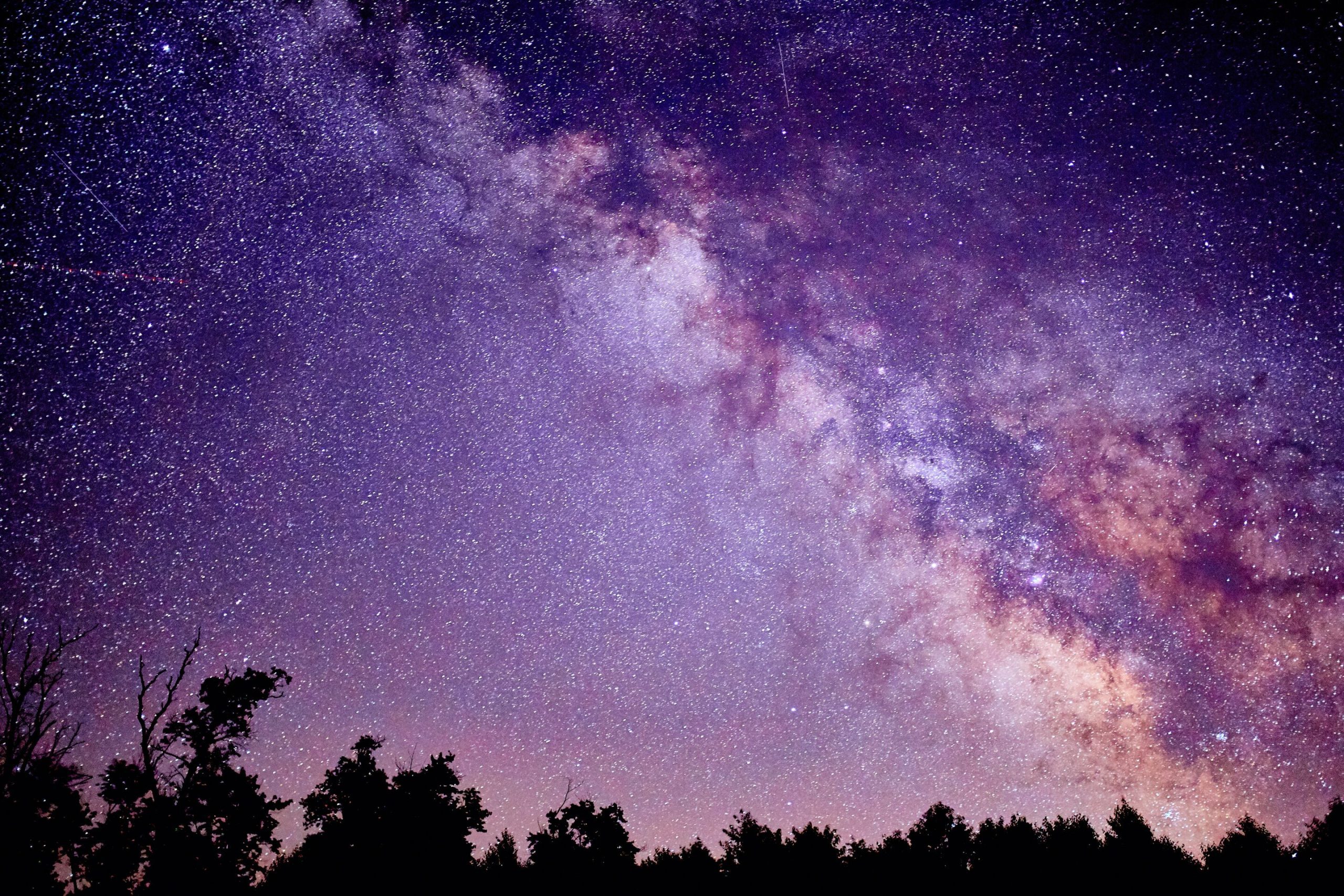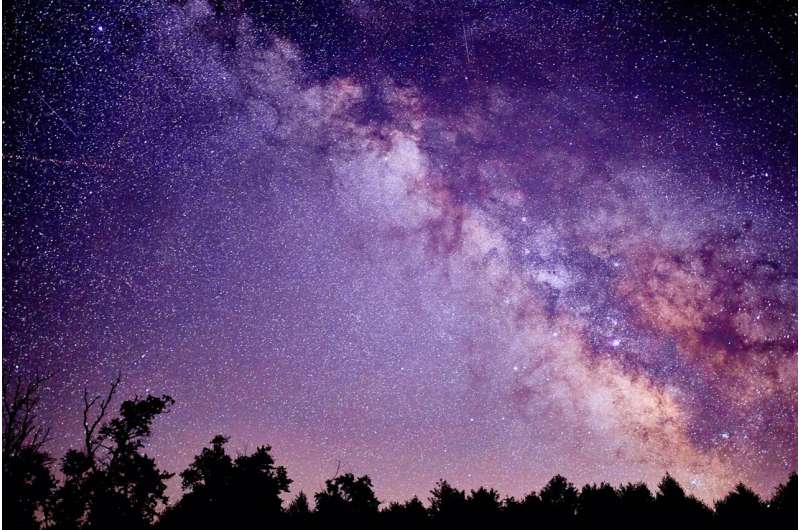

A team of researchers with affiliations to multiple institutions in the U.S. has found that the metal content of Fermi bubble high-velocity clouds does not match with material in the Milky Way’s galactic center, suggesting that at least some of the material comes from somewhere else. In their paper published in the journal Nature Astronomy, the group describes their analysis of the makeup of the clouds and their conclusions.
Prior research has shown that massive lobes of plasma extend above and below the center of the galactic plane that forms the Milky Way galaxy. Prior research has also suggested that the lobes are globular gas formations which has led to their nickname—Fermi bubbles. More recent research has suggested that there are also gas cloud formations inside the bubbles, which have been dubbed Fermi bubble high-velocity clouds (FB HVCs).
In the present study, the researchers note that little research has been done regarding the makeup of FB HVCs, yet many in the space science community have assumed they are made of material flung off from starry disks near the bubbles or from material flung out of the black hole at the center of the galaxy. In this new effort, the researchers took a closer look at the FB HVCs to learn more about their makeup.
The primary focus of the work by the researchers was to determine the ratios of metals in the clouds—if the ratios matched other material in the vicinity, then it could help confirm theories that suggest such a localized origin. But if there was no match, then new theories would have to be drawn up to explain where they came from.
In analyzing both new and archival data from multiple telescopes collected as part of study of the clouds, the researchers found that in many cases, there was no match, indicating that at least some of the material in the clouds had to have come from more distant places—perhaps even as far away as the halo, which is the cloud of gases that surrounds the galaxy. The researchers suggest that there are many possibilities, which could entail years of research.
Massive bubbles at center of Milky Way caused by supermassive black hole
Trisha Ashley et al, Diverse metallicities of Fermi bubble clouds indicate dual origins in the disk and halo, Nature Astronomy (2022). DOI: 10.1038/s41550-022-01720-0
© 2022 Science X Network
Citation:
Analysis of Milky Way Fermi bubble high-velocity clouds suggests a foreign origin (2022, July 19)
retrieved 19 July 2022
from https://phys.org/news/2022-07-analysis-milky-fermi-high-velocity-clouds.html
This document is subject to copyright. Apart from any fair dealing for the purpose of private study or research, no
part may be reproduced without the written permission. The content is provided for information purposes only.